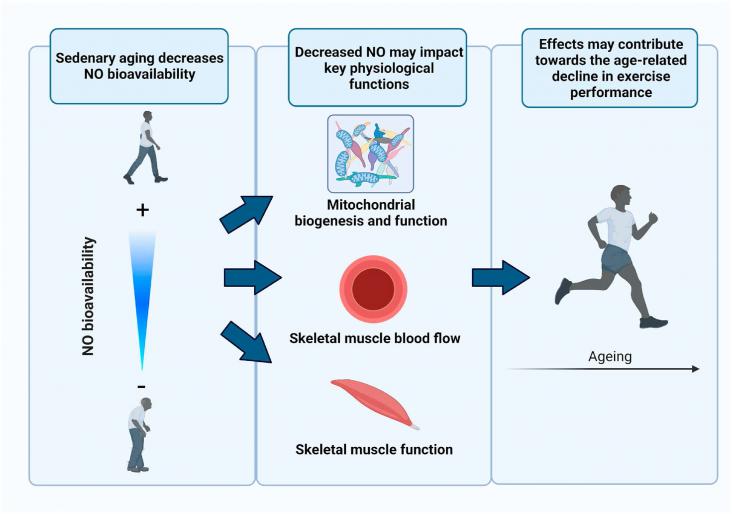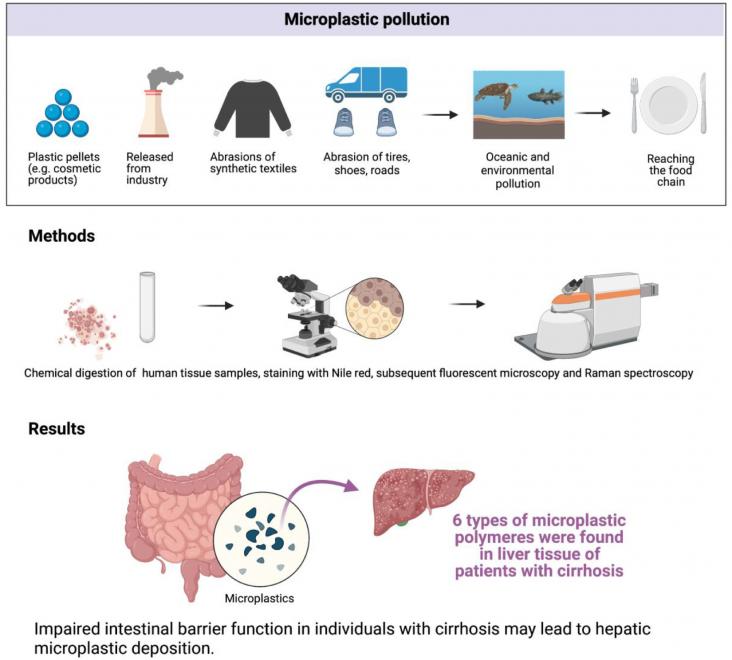Background: Empirical, updated country-level estimates on the proportion of cirrhosis attributable to viral hepatitis are required.
An Article in support of SDGs 2, and 3, assessing the impact of incorporating dietary assessment in 10 year absolute risk charts for atherosclerotic cardiovascular disease.
Elsevier,
Early Nutrition and Long-Term Health (Second Edition), Mechanisms, Consequences, and Opportunities, 2022, Pages 3-25
This chapter reviews the state of global infant and young child nutrition, its long-term health consequences, the mechanisms involved, and potential approaches to addressing these challenges.

Worldwide, individuals are living longer. This population aging is associated with an anticipated increase in the burden of the leading causes of death in modern societies — chronic, degenerative diseases such as cardiovascular, kidney and Alzheimer's disease — which is largely driven by age-related declines in physiological function. Engaging in healthy lifestyle practices that preserve physiological function with age has important implications for reducing the risk of morbidity and mortality and preserving healthspan — the period of an individual's life when one is generally healthy and devoid of serious chronic disorders. In this regard, regular exercise and physical activity are considered key “first line” strategies for healthy aging.
A literature quantitative research analysis carried out via Scopus, researching publications on food dyes and their related health relationship. Consumers are becoming increasingly interested in the link between additives such as food dyes and overall food quality.

This Article supports SDG 3 by assessing the presence of microplastics in human liver tissue and identifying six different microplastic polymers in the liver of individuals with liver cirrhosis.

The United Nations General Assembly decided that International Day of the World’s Indigenous Peoples would be observed every year on 9th August. On this day, people from around the world are encouraged to help spread the UN’s message on the protection and promotion of the rights of indigenous peoples. Elsevier is pleased to share this special collection of freely available articles to help spread awareness about this important topic. Please feel free to download and share these papers.
This study identifies the psychological impact of the Covid-19 pandemic on cancer patients undergoing radiation therapy which shows the presence of a clinically significant anxiety in almost all of the sample analyzed, and which makes it necessary to treat patients in a multidisciplinary perspective that includes psychological support in the care plan.
Systematic review of mental health consequences of traffic accidents - large study on a major phenomenon.
Explicitly addresses mental health SDG. Explores and measures relationship between length of commute and mental health.
